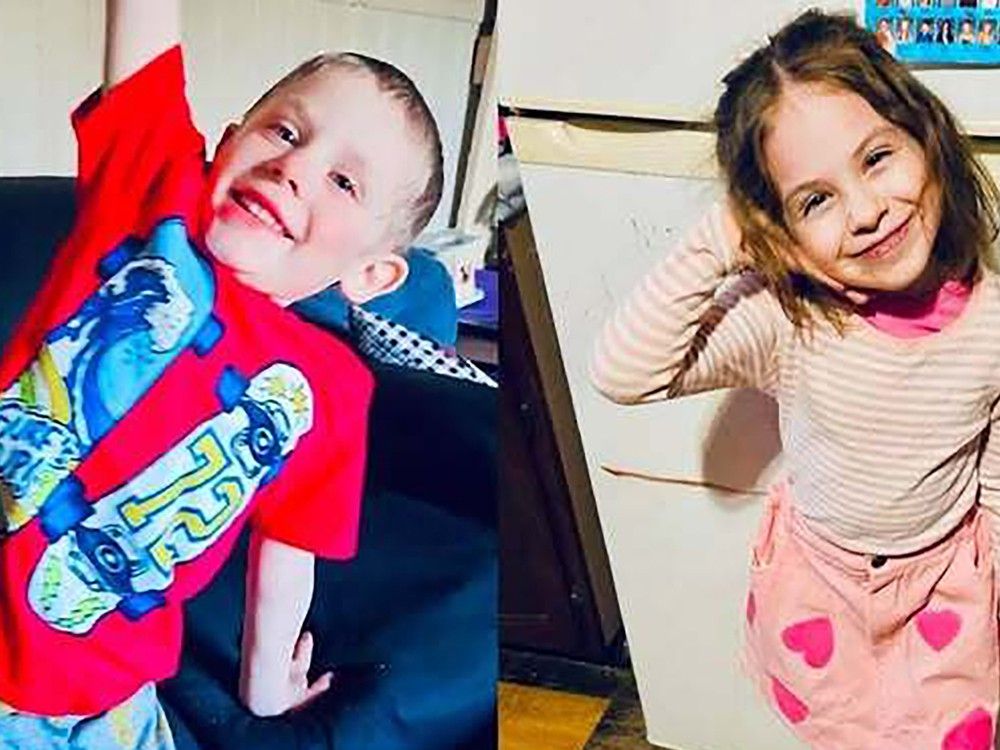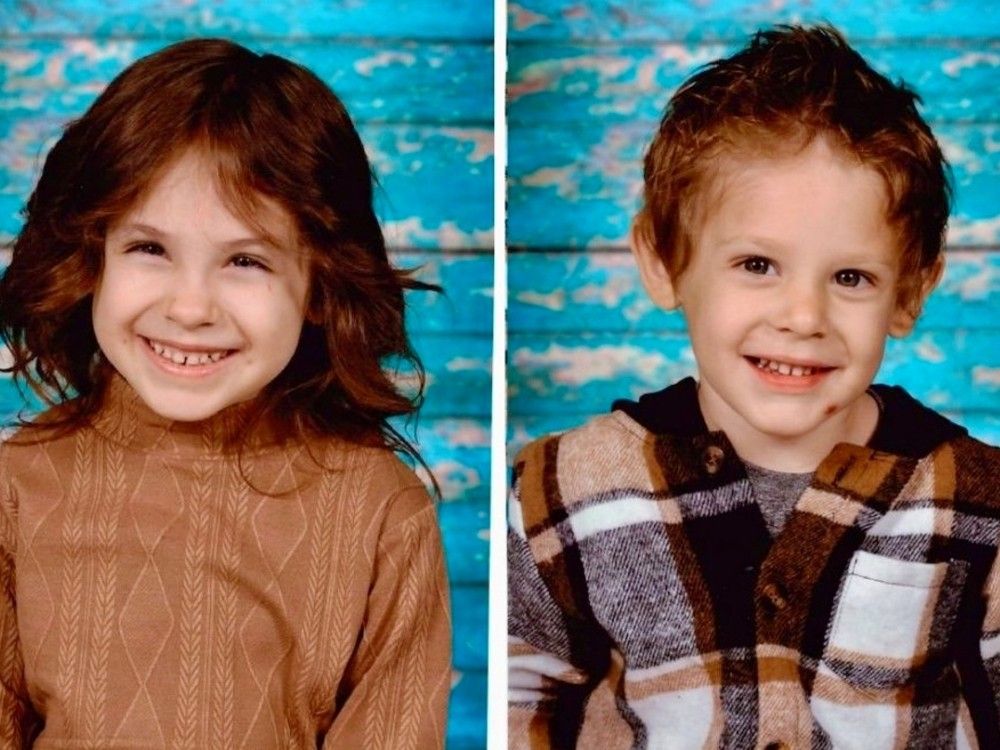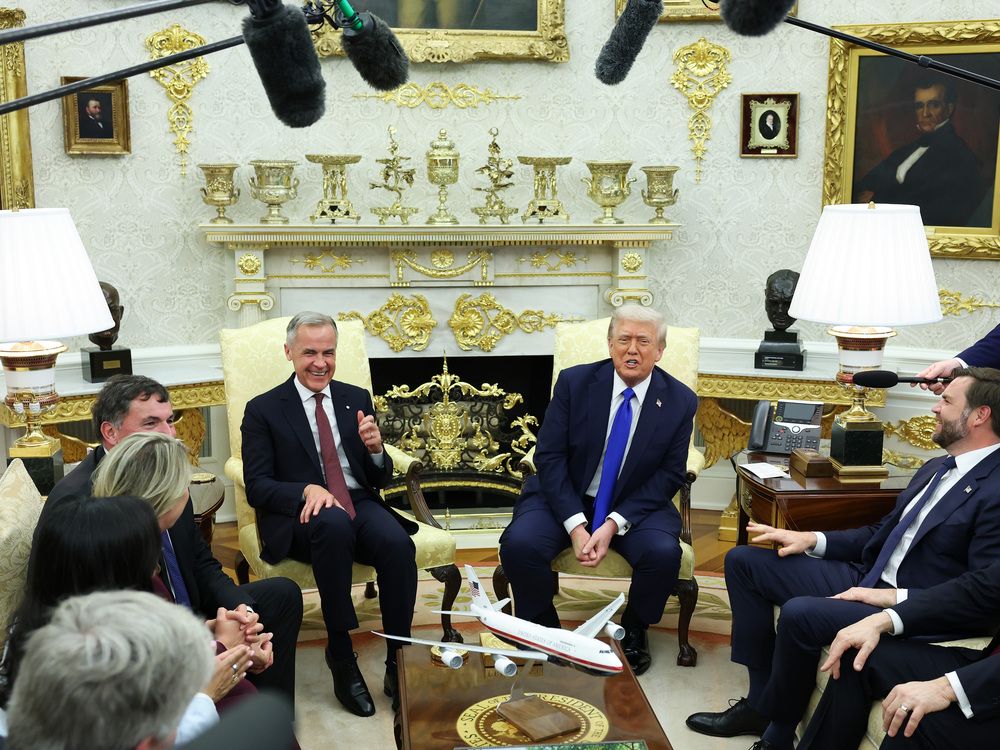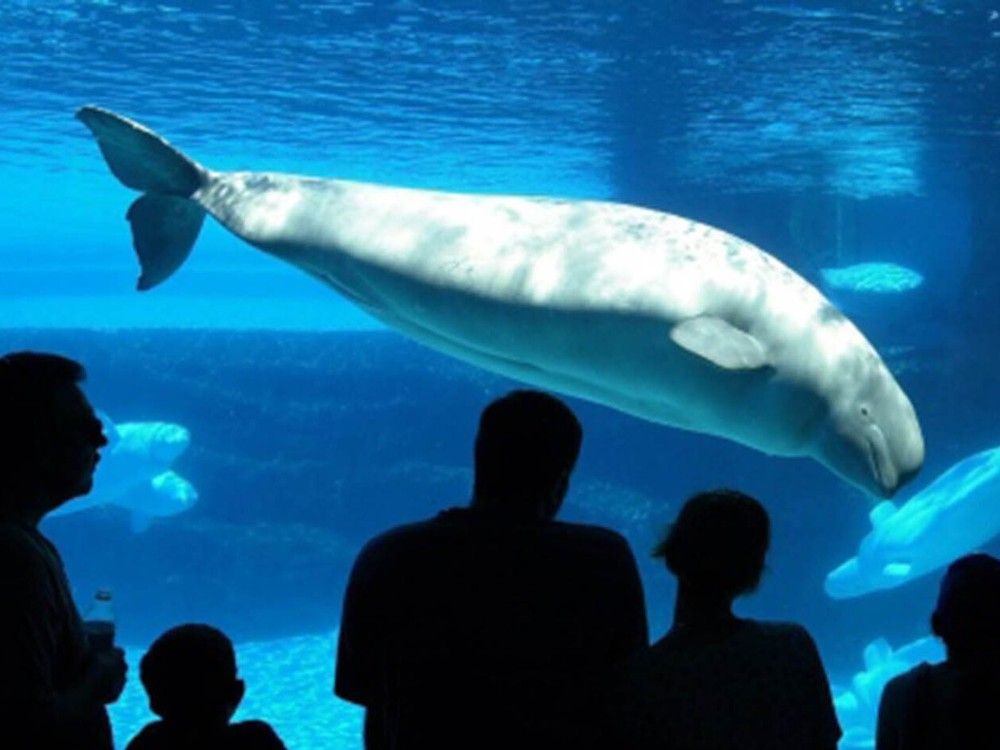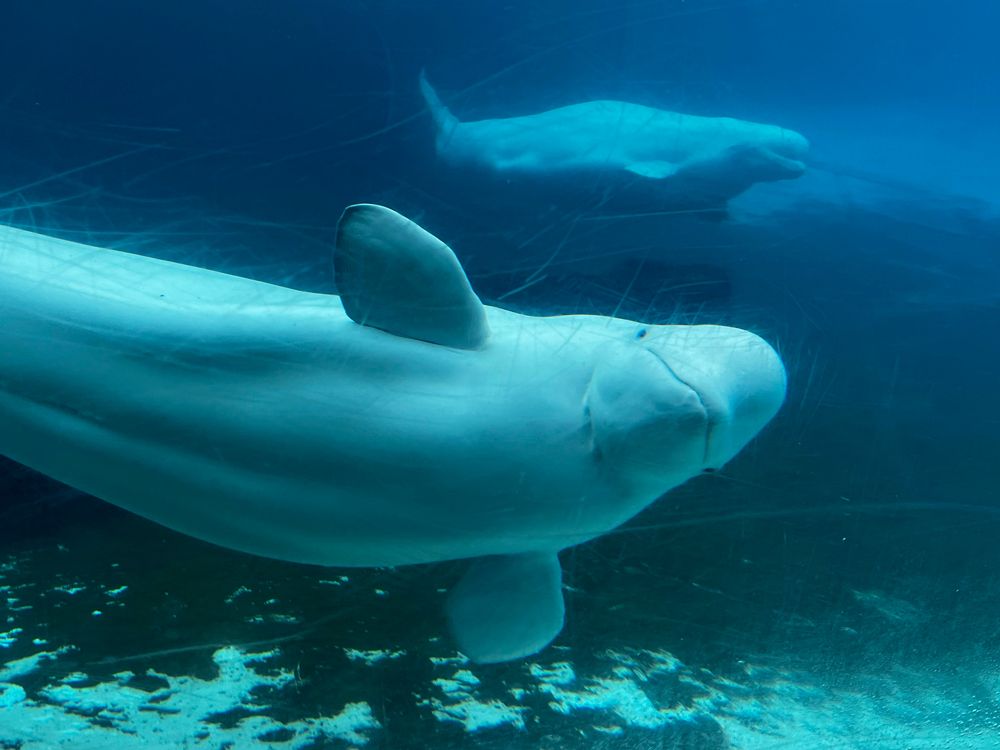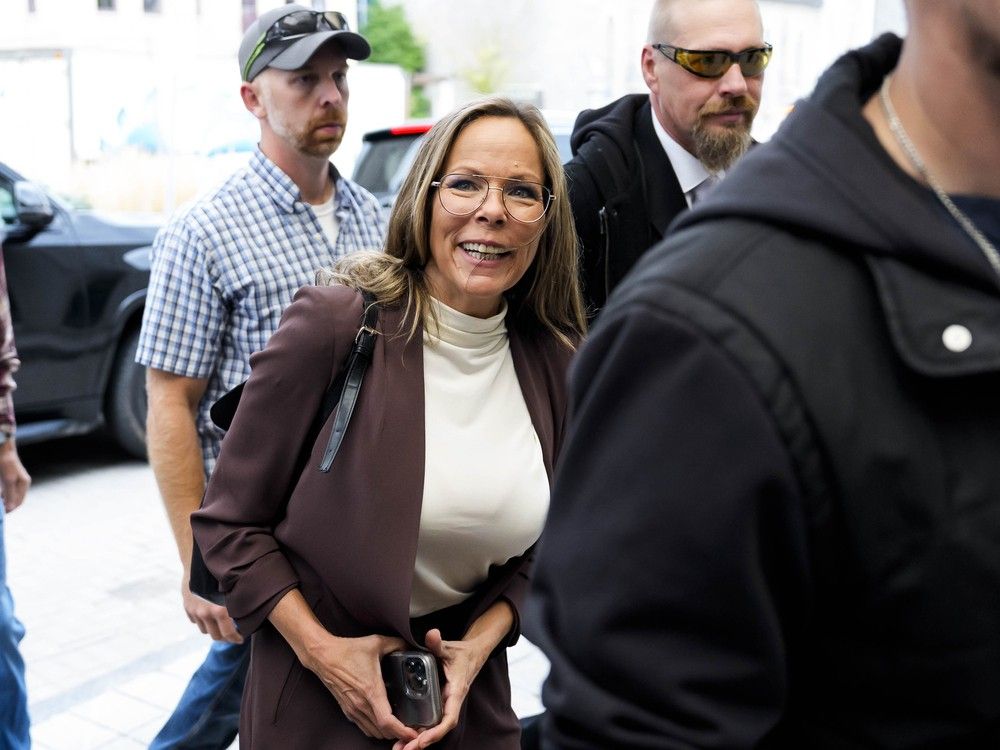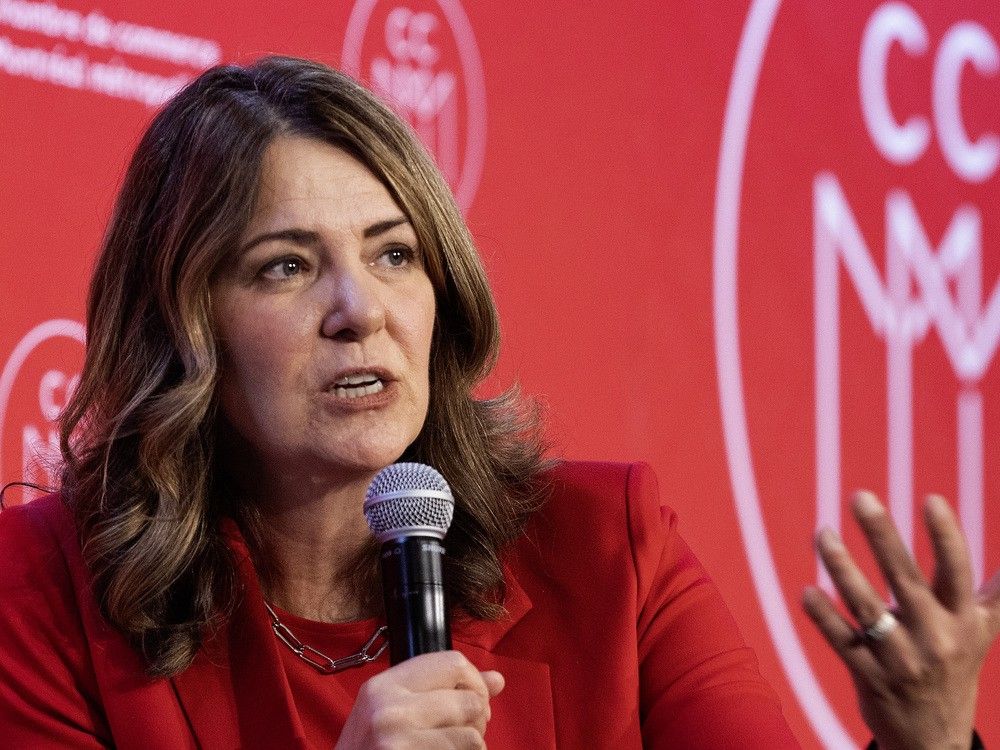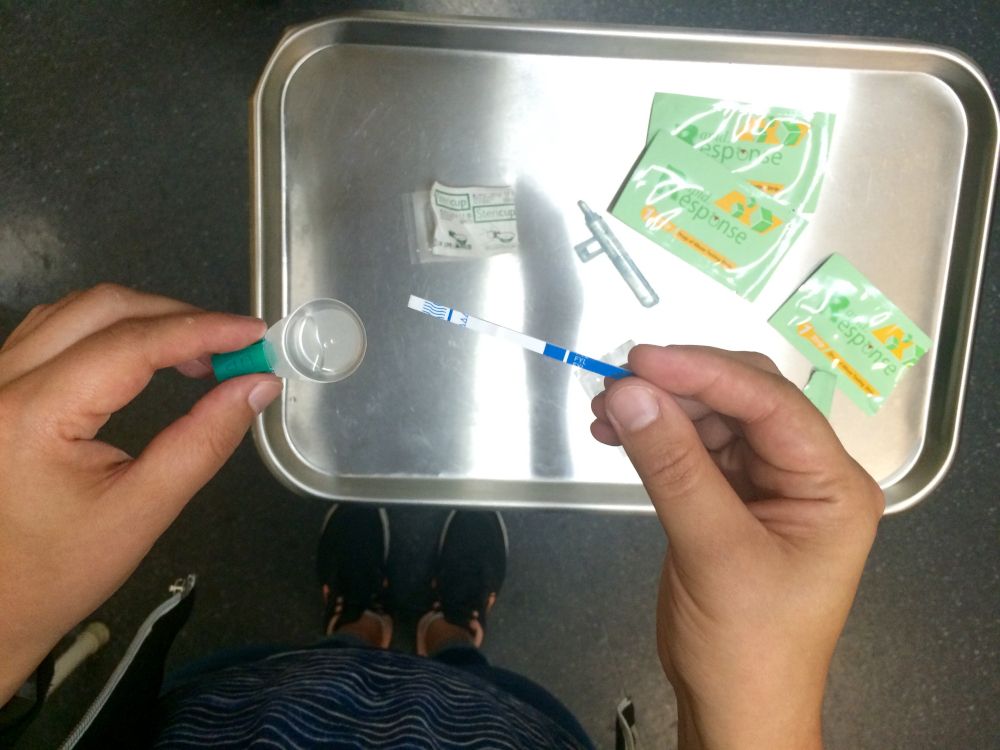
An Ontario judge weighed the “immigration consequences” for a former international student who spied on his female housemates through a peep hole as they used the bathroom and made video recordings of four of them “in various stages of undress” over a period of six months.
The Ontario Court of Justice heard Aswin V. Sajeevan, an Indian citizen here on a student visa, lived with 11 other people at a home in Barrie. The 20-year-old pleaded guilty to four counts of voyeurism, which the judge considered a mitigating factor in his case.
“I accept, and have considered, that there may be serious collateral immigration consequences for Mr. Sajeevan because of his criminal conduct,” said Justice Craig A. Brannagan.
The judge found “that the fit and appropriate range of sentence for this offender on the facts of this case for the four offences pleaded to would be between” six months and a year in custody.
But Brannagan sentenced Sajeevan recently to 5.5 months in jail after considering what both the Crown and Sajeevan’s lawyer termed “the potential for immigration consequences.”
According to the Immigration and Refugee Protection Act, a “permanent resident or a foreign national is inadmissible on grounds of serious criminality” if they are sentenced to more than six months in jail.
Brannagan found that “Mr. Sajeevan is sincerely remorseful for his crimes and is genuine in that he wishes to take responsibility for them,” said the judge’s decision, dated Oct. 2.
“While collateral consequences, including immigration consequences, are not mitigating per se, Canadian criminal law recognizes that they may nevertheless speak to the personal circumstances of the offender.”
Considering “collateral consequences is mandatory, not optional,” Brannagan said, noting the weight assigned to them “is an exercise in discretion by the sentencing judge.”
The court heard Sajeevan’s basement bedroom was next to a laundry room that was beside a bathroom used primarily by the women who lived in the house.
“Soon after the group moved in, in August of 2024, they discovered a ‘peep hole’ between the laundry room and the bathroom,” said the judge’s decision, which notes it had been patched up more than once, “only to have been uncovered each time.”
One of the male tenants and the four women who were spied on went to Barrie Police this past March to report the voyeurism case.
They told investigators that, on March 11, 2025, one of them found Sajeevan “crouched down in the laundry room, with the light off, peering through a ‘peep hole’ in the wall into the bathroom,” said the decision, which notes one of the women “was naked using the facilities” at the time.
When confronted, Sajeevan “adamantly denied any wrongdoing,” instead claiming “that he was searching for his earbuds.”
Sajeevan “was unable to provide an explanation” for why he was doing that in the dark.
Sajeevan “eventually admitted to his housemates that he had been watching them use the facilities in various states of undress at different times through the hole in the laundry room.”
The peep hole patching had “raised suspicions in the house” about Sajeevan, “who had been seen on numerous occasions entering the laundry room shortly after any of the females had entered the bathroom.”
Sajeevan works as a line cook in a restaurant, said the decision, which notes “that he attended college in Canada for computer programming but was suspended due to a low GPA.”
Sajeevan, who is from Kerala, India, told the author of his pre-sentence report that when he looked through the peep hole, “he was excited to see the female roommates and his curiosity fuelled his excitement leading him to feel guilty.”
Sajeevan’s father — a police constable — confirmed that voyeurism exists as a criminal charge in India, “and a person would be held accountable for it” there as well.
One of Sajeevan’s former female roommates reported the incident has left her “with intense fear and anxiety. She avoids using public washrooms. She has lost trust in friends. She ‘felt like (she) was living in a nightmare, and it truly felt like hell.’ She described that she had to take time off work, and that the fear and emotional distress arising from her victimization has made it difficult to function normally. She noted the significant breach of trust, in that Mr. Sajeevan ‘was capable of doing this to his own housemate, someone he lived with for two years.’”
Another female roommate reported “that she does not feel emotionally safe around men, and that these crimes have made it ‘very hard to trust people now, even (her) loved ones.’ She fears using public washrooms and those in her workplace, and she actively looks for hidden cameras in them.”
A third female roommate told the court she “has lost trust in people close to her. Her ability to sleep has suffered from the emotional distress that she has experienced.”
It’s clear, said the judge, “that Mr. Sajeevan’s offending has had a ‘chilling effect’ on his victims, causing them to modify their behaviour due to fear of the consequences that may befall them should their behaviour be covertly observed by someone like him. The emotional and psychological harm caused is palpable. I find that Mr. Sajeevan’s offending has had a significant and enduring impact on his victims.”
The Crown and Sajeevan’s defence lawyer both recommended he get a 12-month conditional sentence.
But the judge rejected their joint submission calling for house arrest, saying that “would cause an informed and reasonable member of the public to lose confidence” in the courts.
“The Crown’s submission that segregation of Mr. Sajeevan from the public through home confinement will protect society glosses over the fact that these offences were committed inside of his home, in the most private of places within his home (the bathroom), against the very people with whom he was residing,” Brannagan said.
“To suggest that home confinement is a fit and appropriate sentence is not just a tenuous proposition but, in my view, is one that is markedly detached from the realities of these offences and this offender. It stretches the bounds of credulity to imagine an optional condition to a (conditional sentence order) that is reasonably capable of preventing the commission of further offences of this sort, not to mention the logistical obstacles of actually enforcing them.”
The judge called voyeurism a “sinister” offence.
“It is a crime where the offender violates the personal integrity, safety, security, and privacy of their victim, without the victim knowing that they are being watched, in what are otherwise expected to be ‘safe places,’” Brannagan said.
The judge found that, “on the facts of this case, only a truly custodial jail sentence can meet the requirements.”
Brannagan also sentenced Sajeevan to 18 months of probation.
Our website is the place for the latest breaking news, exclusive scoops, longreads and provocative commentary. Please bookmark nationalpost.com and sign up for our daily newsletter, Posted, here.





